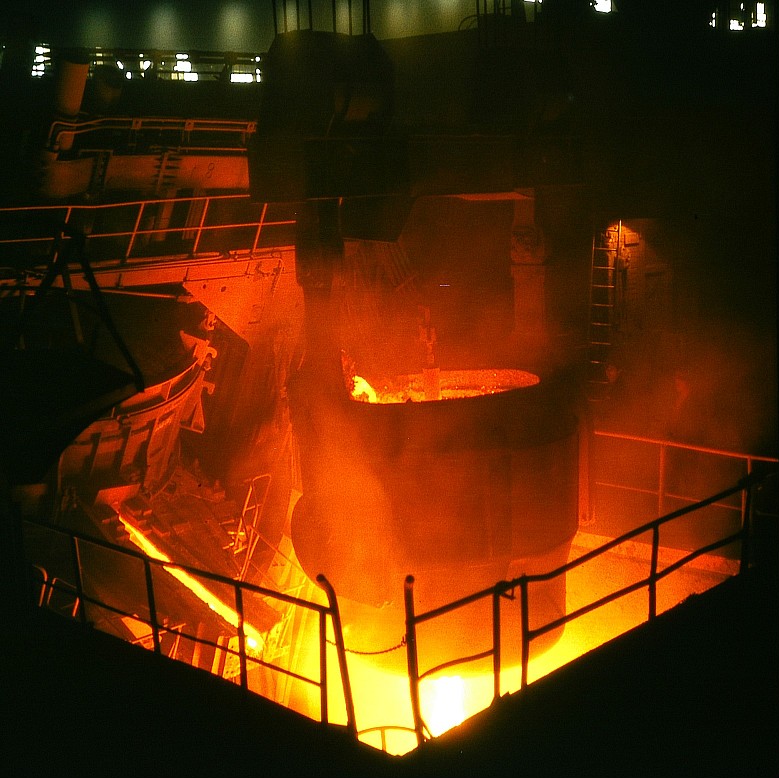Case hardening
Enlarge text Shrink textCase-hardening or carburization is the process of introducing carbon to the surface of a low-carbon iron, or more commonly a low-carbon steel object, in order to harden the surface. Iron which has a carbon content greater than ~0.02% is known as steel. Steel which has a carbon content greater than ~0.25% can be direct-hardened by heating to around 600°C, and then quickly cooling, often by immersing in water or oil, known as quenching. Hardening is desirable for metal components because it gives increased strength and wear resistance, the tradeoff being that hardened steel is generally more brittle and less malleable than when it is in a softer state. In order to produce a hard skin on steels which have less than ~0.2% carbon, carbon can be introduced into the surface by heating steel in the presence of some carbon-rich substance such as powdered charcoal or hydrocarbon gas. This causes carbon to diffuse into the surface of the steel. The depth of this high carbon layer depends on the exposure time, but 0.5mm is a typical case depth. Once this has been done the steel must be heated and quenched to harden this higher carbon 'skin'. Below this skin, the steel core will remain soft due to its low carbon content.
Read more on Wikipedia >
 Topic
Topic



